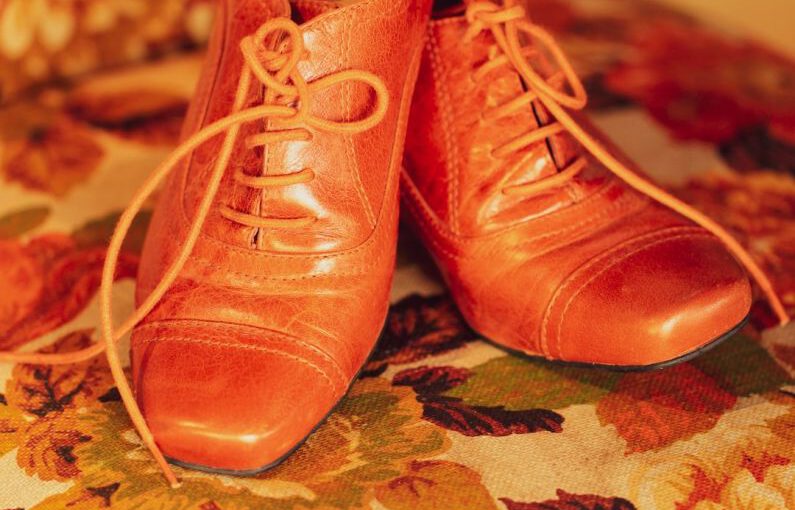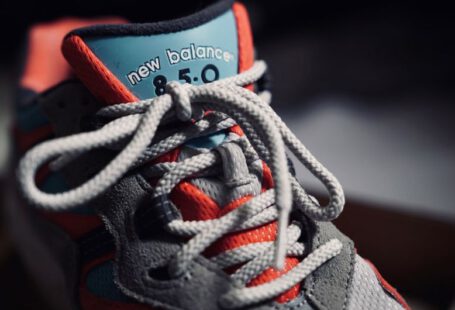**Can Shoes Be Recycled?**
When it comes to recycling, most of us are familiar with the process of separating paper, plastics, and glass for recycling. However, have you ever wondered about the fate of your old, worn-out shoes? Can shoes be recycled in the same way as other materials? Let’s delve into the world of shoe recycling to uncover the possibilities and challenges that come with giving new life to our beloved footwear.
**The Shoe Recycling Conundrum**
Shoes are a ubiquitous part of our daily lives. From sneakers to high heels, we rely on them to protect our feet and complete our outfits. However, the sheer volume of shoes produced each year poses a significant environmental challenge. According to the World Bank, over 23 billion pairs of shoes are manufactured annually, leading to massive amounts of waste when these shoes reach the end of their lifespan.
**The Environmental Impact of Shoe Production**
The production of shoes involves the use of various materials, including rubber, leather, and synthetic fabrics. The extraction and processing of these materials have a significant environmental impact, from deforestation for leather production to the carbon emissions associated with manufacturing processes. Additionally, the disposal of shoes in landfills further contributes to environmental degradation, as these materials can take hundreds of years to decompose.
**The Rise of Sustainable Footwear**
In recent years, there has been a growing awareness of the need for sustainable practices in the fashion industry, including the production and disposal of shoes. As a result, many companies are now exploring ways to create footwear that is not only stylish and comfortable but also eco-friendly. From using recycled materials in shoe production to designing shoes that are easily recyclable, there is a push towards more sustainable practices in the footwear industry.
**Challenges in Shoe Recycling**
While the idea of recycling shoes is appealing from an environmental standpoint, there are several challenges that must be overcome to make it a viable solution. One of the main obstacles is the complex construction of shoes, which often involve multiple materials that are difficult to separate for recycling. Additionally, the presence of adhesives and other chemicals in shoes can complicate the recycling process and pose environmental risks if not handled properly.
**Innovations in Shoe Recycling**
Despite these challenges, there are innovative solutions emerging in the field of shoe recycling. Some companies have developed technologies that can break down shoes into their component materials, allowing for more efficient recycling. Others are exploring the use of biodegradable materials in shoe production, making it easier to dispose of shoes in an environmentally friendly manner. These advancements offer hope for a more sustainable future for the footwear industry.
**The Future of Shoe Recycling**
As consumers become more conscious of the environmental impact of their purchasing decisions, the demand for sustainable footwear options is expected to rise. This shift towards eco-friendly practices is driving innovation in the shoe industry, leading to the development of new materials and recycling technologies. While there are still challenges to overcome, the future of shoe recycling looks promising as more companies and consumers embrace the importance of sustainability.
**In Summary**
The question of whether shoes can be recycled is a complex one, with various factors to consider. While there are challenges in the recycling process, including the materials used in shoe construction and the presence of harmful chemicals, innovative solutions are emerging to address these issues. As the demand for sustainable footwear grows, the future of shoe recycling looks bright, promising a more eco-friendly approach to footwear production and disposal. By supporting companies that prioritize sustainability and recycling, we can all play a part in reducing the environmental impact of our beloved shoes.





